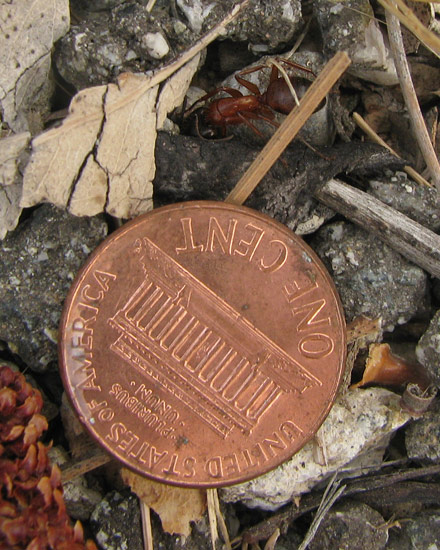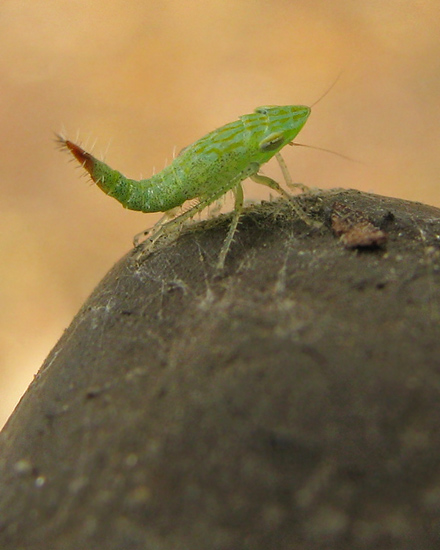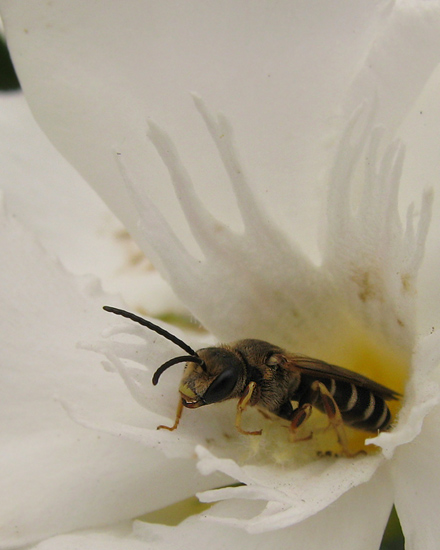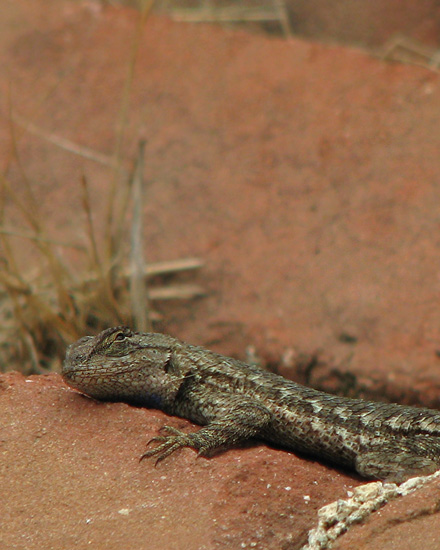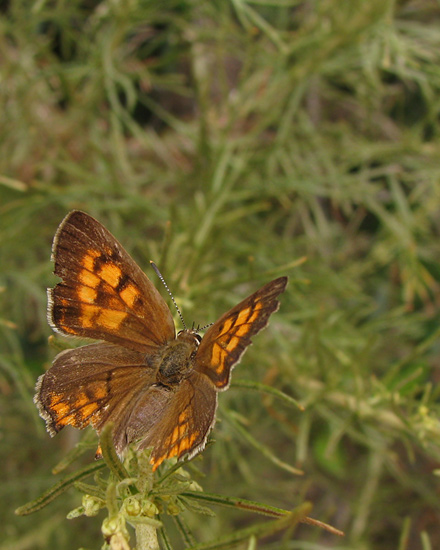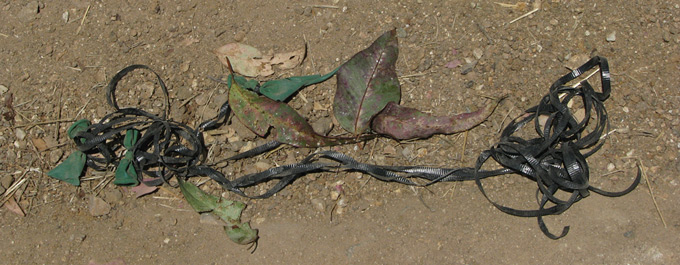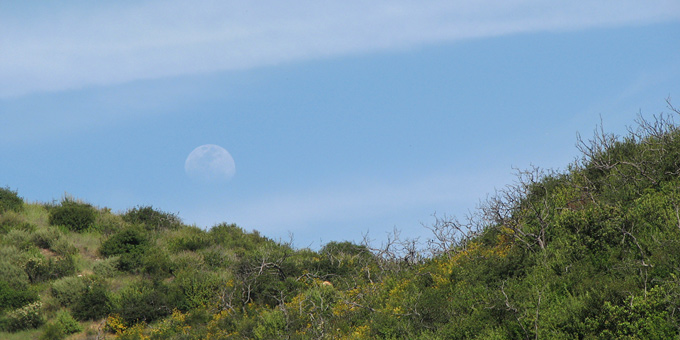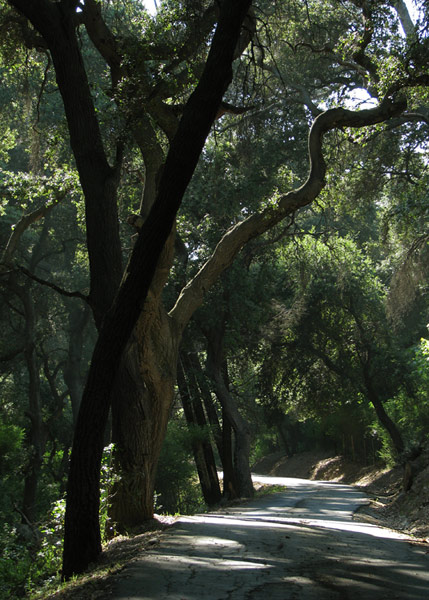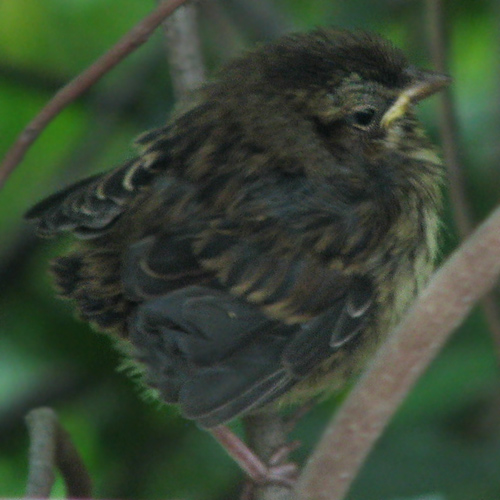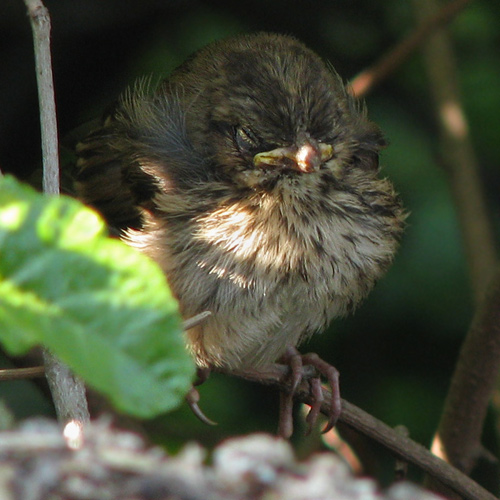The “See Ya’ Later” Lizard
This may be the most brightly colored Southern Alligator Lizard (Elgaria multicarinata webbii) I have ever seen!! They are always beautifully patterned, but usually draped in more subtle shades of brown, gray or green. (Sightings like this are always so much fun, but they are even more fun when my neighbor and her 3 yr. old son are along for the walk. Many thanks, J, for spotting this one for me on our walk together last week!)
The alligator lizards around here seem to really enjoy hanging out at various points along the main road as it parallels the creek. CaliforniaHerps.com describes them as “generally secretive, tending to hide in brush or under rocks, although they are often seen foraging out in the open or on roads in the morning and evening. They are common inhabitants of suburban yards and garages.” This description matches up quite well with my own observations over the years. I’ve often found them creeping about on our porch in the early morning hours and twice I’ve had to figure out how to trap-and-release young ones that somehow found a way inside the house itself. (I can tell you from firsthand experience that the snake-like look of their head and eye can really throw you for a loop if you can’t see the rest of their body… Just imagine one popping its head out from behind a bookcase as you are strolling through your living room. *grin*)
They can move extremely fast when they want to, but my experience has been that they prefer to remain very still up until the last possible second that danger (or possibly prey?) approaches. When the object finally gets too close, they either strike or run away. Sadly, it is my belief that this strategy — which may work quite well in most situations — might be responsible for the potentially large number of accidental deaths along the road to our home. They seem to rest in the shadier spots and can be extremely difficult to pick-out from the surrounding ground, twigs and leaves. I think that this, combined with their seeming preference to remain motionless until something approaches very closely, may prove to be a fatal combination when sharing their habitat with automobiles. I can only hope that their numbers in this area are healthy enough to support these tragic losses. (For what it’s worth, I always move the dead bodies off to the side of the road and I am pleased to report that there are enough scavengers here that the corpses rarely linger for more than 24 to 48 hours before something makes a meal of them.)
I’ve heard from a lot of people that they think these guys are “creepy”. I’ve also heard some comments that they bite and are aggressive. I can only say that I have never personally experienced any of these things. And, aside from being startled on occasion — they do look and move a lot like a snake! — I greatly enjoy having these lizards around and only wish that I had more opportunities to photograph them.






